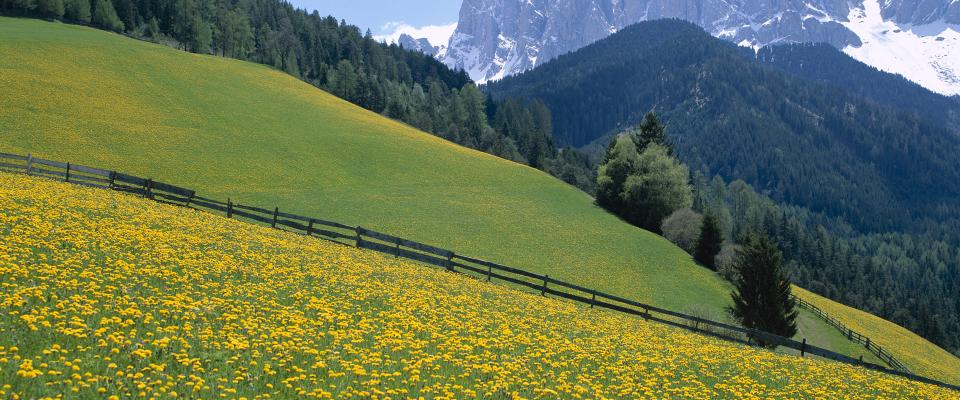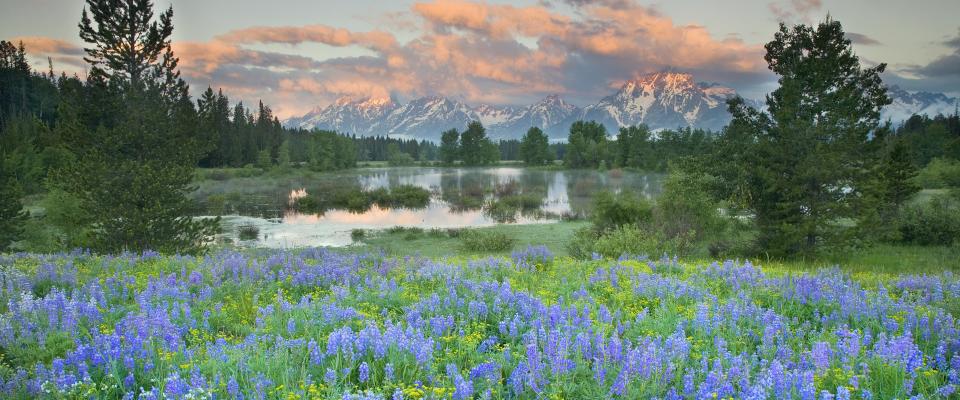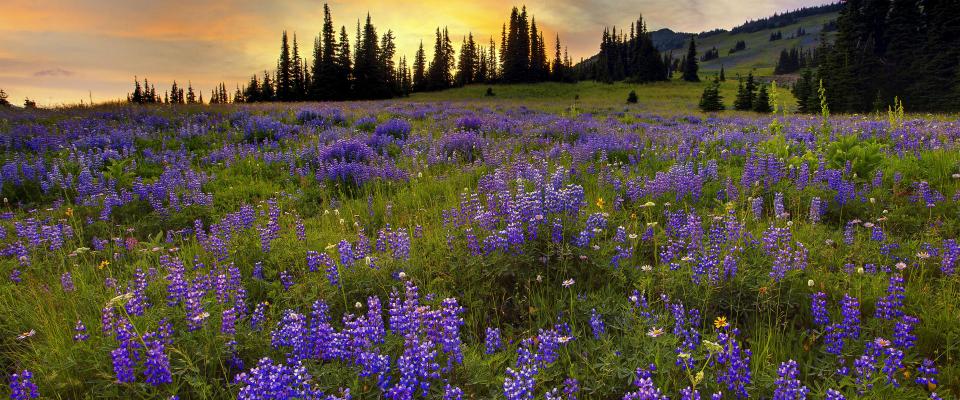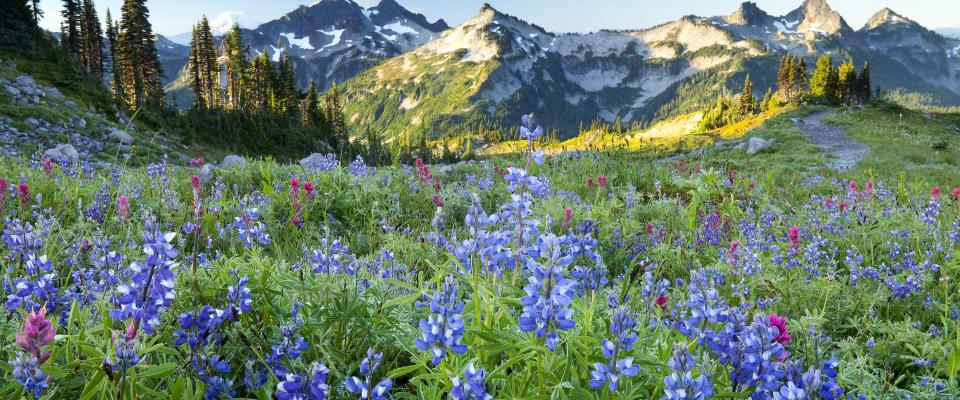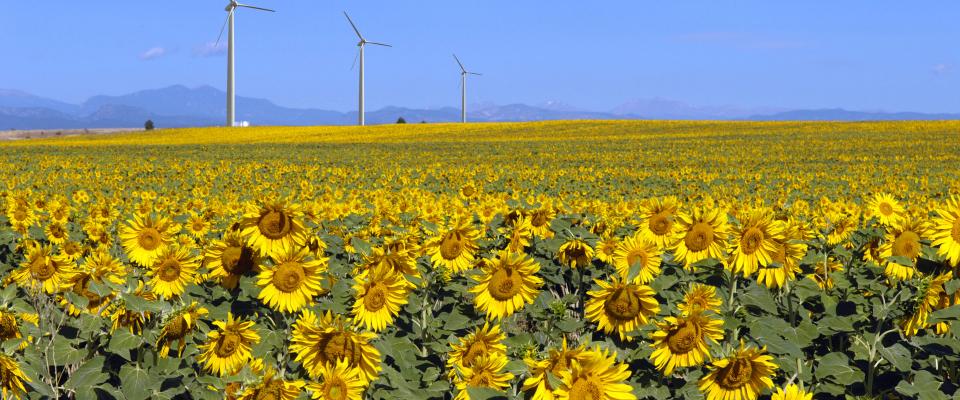CIV.3 The offering elements of heritage tourism
The following domains are to be considered relevant tourism products according to the previous chapters:
- The products of rural tourism and village museums
- Tourism products related to winery and gastronomy
- Religion related touristic products.
First of all it is necessary to get familiar with the „touristic product” concept.
The destination is a physical place where the tourist spends at least one night. It consists of attraction factors, products, related services which assurespending at least one day in the same place; beyond its physical character, it has more abstract elements like the brand, the image, the facade. The destination is the geographical area (settlement, village, region, country, continent), chosen by the client or a group of clients as their target and which provides the necessary services for tourists ( accommodation, meals and others), with proper conditions for work/recreation.(Aubert, 2011) The expected accomplishment of the touristic product is to fulfil the needs of the customers/clients. The most important measure of the touristic product’s utility is the capacity of providing experience, meaning how much te product can satisfy the tourist.
According to the Hungarian Touristic Ltd, the heritage tourism is the base for every tourism product, but as a stand-alone product, it does not provide enough travelling motivation, colouring instead the travelactivities. Heritage tourism contains many complementary parts with religious, village, wine and gastronomic, eco and horse riding tourism.
CIV.4The products of rural tourism and the village museums
Keeping traditions alive, folk art, the involvement in the manufacturing of the local products are some of the basic supply elements of rural tourism. These programs with their complementary nature provide the traveller the experiencing of rural life. The craft shops, the villagemuseums have great importance, but the guest-centricapproach is also relevant because it can offer an interactive experience for the travellers. In order that the tradition should become a major attraction force, it is necessary to ensure a complex experience. Therefore, two aspects are essential: first, to emphasize the thematic differentiation – focused product development, on the other hand, to connect the tradition with other products (recreational, active tourism products).
VillageMuseums:Theopen-air museumsplay asignificantrole in keepingtraditions aliveandin their interpretation. The“live” museumsraise questions, on the one handabout the providing ofan authentic experience, on the other handabout the mostlyshortstopovertime. However,it is importantto emphasize thattheopen-air museums, with their guest-centric approach, personalinterpretations, andmulti-dayprogram optionsrepresent significantattraction forces. In severalparts of the country, onecan meetdifferently sized villagemuseums. Hungary's largestopen-air museumisThe SóstóiVillage Museum(see www.muzeumfalu.hu)
The village museum shows the ethnical characteristics of Szabolcs-Szatmár-Bereg region through the copy of a never existing village, with the proper grouping of the geographic and ethnical areas. The residential houses of the poor and middle peasants and nobles, the farmer buildings, the distinctive interior design traditions, the utensils and ornamental objects from the regions of Szatmár, Bereg, Rétköz, Nyírség and Mezőség in the 19th century offer an authentic picture of the former peasant life form.The old village centreis recalled in the centre of the village museum, where community buildings can be seen: the school, the Protestant church, the bell tower, the Parsonage, the fire station, the grocery and the pub. The museum houses also curiosities as the former manufacturing workshops, the blacksmith shop and the barbershop, the gypsy cottages at the end of the village or the Slovaks’ homesteads, settled in the surroundings of Nyíregyházain the 18th century. The noble gate specific for Nyirség region, the dry mill and the cemetery with headstones were lastly installed and these completed the image of the village. In addition to the buildings, the regional fruit trees, the vegetable gardens and cultivated plants, the blooming flower gardens in front of the houses create the authentic feel of a late 19th-century village. Following the idea of a “living” museum, in certain residential houses one could see the tools and workflows of specific works, such as bread making or hemp processing.Sometimes the museum exhibits objects related to the preparations of a great feast (such as the interior of a room of the Greek Catholics for Christmas or for Easter).A variety of arts and crafts shows like pottery, woodcarving, candle making, forging, leathering, beading, churning, gingerbread making and weaving are presented to the visitors. During bigger events or as a part of a group activity, it is possible to try out certain old professions or some fancyworks. The grocery, the pub and the church are functional: the church sometimes houses weddings and christenings. The range of attractions is successfully supplemented by events matching the museum’s profile.Traditionally, each year attracts many visitors to the tree planting and the festival of May Day, the election of the king on Whitsun and the St. Stephen's Day bread feast. The shows presenting the autumnal peasant works (fruit drying, jam cooking, pepper lacing, sauerkraut making, tobacco stitching and smoothing, beanthrashing, must preparation etc.) are extremely popular.The folkloric culinary shows, where the prepared specialfood could be tasted, are held on Wednesdays. The summer traditional camps organized for children and the folklore festivals and programs held occasionally on the outdoor stage of the museum village serve the purpose of getting the visitors familiar with another face of the popular culture, i.e. the festive and casual side of the traditional peasant life.(source: www.muzeumfalu.hu)
So, as a touristic product, the rural tourism is on the one hand part of heritage tourism; on the other hand, as an efficient part of rural development, it is in close relation with the agriculture. (Mihalkó, 2011)
Rural tourism is a unique tourism product and has the following attributes:
- relies on local and regional attraction forces;
- in most of the cases the guest is staying in the same house with the host (the owner);
- the guest has the chance to become part of the life form, with its specific customs and events;
- enlarges the employment offer, improves the liveability of the local population, represents a supplementary source of earning;
- raises interest towards the local services, products, natural and cultural values;
- intermediates cultural exchange between guest and host;
- strengthens the bounds between the people living in the area and contributes to the community awareness of the locals;
- a complex touristic service system of the village or region is able to be formed;
- rural tourism is the result of the capitalization of the tourism supply. (Mihalkó, 2011)
The University for Sciences from Pecs describes in an expressive way the trends of the rural tourism in the „Planning and developments of tourism products” study, published in 2011.
- The protected areas gain in value, the motivation of the tourists is moving from a pleasure-focused event to experiencing and learning state. There is a growth of interest for touristic products,which present protected natural values and offer unique experiences, in original, traditional and clean, unpolluted, not overcrowded areas. The towns and villageswith quiet beaches and located far from the crowded areas, offering accommodation, will be in a good position.
- The popularity of the organized group travel is in decline, but on the other hand, the individual, little group or family tourist travel is growing. The individual guest is expecting individually tailored services.
- The resorts capable of satisfying the hobby type needs – for example nature observing, bird watching and photo – raise their chance of getting visited.
- The empowerment of the quality from the touristic offers. The touristic structures able to satisfy on a high quality level the individual and exquisite necessities will be better positioned. The mass and mid- level services are expired.
The high-level quality expectations from the tourist resorts. The guests are setting higher and higher quality expectations to the visited resorts. The travellers expect comfortable accommodation, able to assure the conditions from their home. This is a great challenge for the accommodation suppliers from the rural area.
Relevant webpages: www.skanzen.hu, http://www.utazzitthon.hu/tajhazak.html
Videos:
